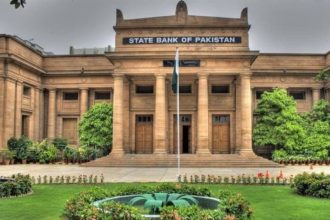Last week, the minimum export price (MEP) of onion was raised from $750 to $1,200 per tonne. Despite this, prices in the local market remain high. Consumers are still paying Rs 220-240 per kg for onions.
Impact of Export Policies and Local Market Dynamics
Exporters influenced the Ministry of Commerce (MoC) to set a higher MEP. They aimed to control rising prices and support growers. Yet, these goals have not been achieved. In Karachi’s Water Pump area, onions from Balochistan and Sindh are priced at Rs 240 and 220 per kg, respectively. The wholesale market offers better quality onions at Rs 250 per kg.
When India banned onion exports on December 8, prices in Karachi were Rs 150-180 per kg. The demand and price for onions are high in countries reliant on Indian imports. This situation has made Pakistani onions expensive in these markets.
Many exporters hoarded onions, anticipating profits from India’s export ban. Meanwhile, some traders import onions from Afghanistan and Iran to meet local demand, increasing the strain on foreign exchange.
Currently, exporters benefit more than consumers. Consumers pay higher prices for imported onions, which lack the quality and taste of Pakistani onions. Traders suggest growers are the biggest losers in this situation. Exporters and market forces buy large quantities of onions from growers for hoarding, while local traders charge consumers higher prices.
Haji Shahjehan, president of the Falahi Anjuman Wholesale Vegetable Market, proposes a 10-15 day export ban to control prices. He questions why Pakistan doesn’t impose a ban like India to relieve consumers.






